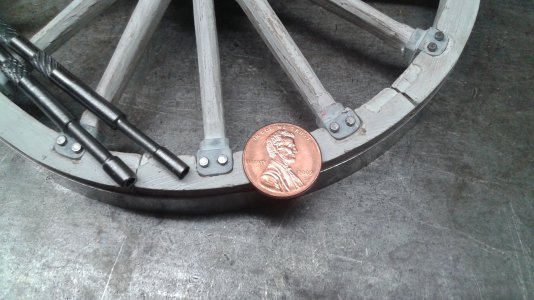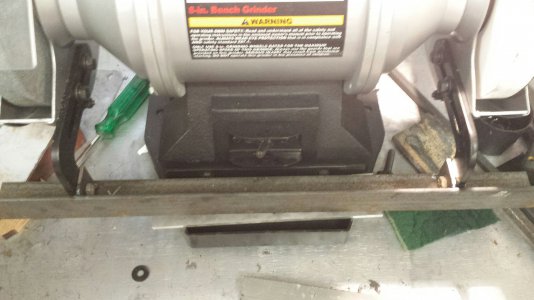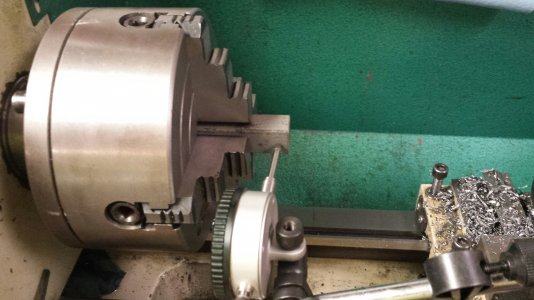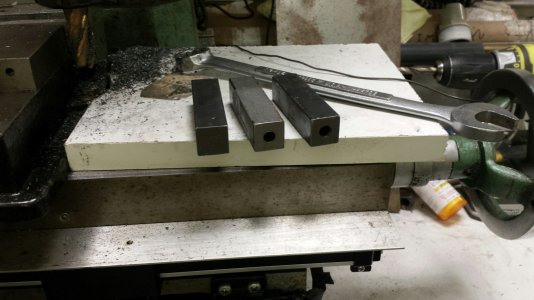- Joined
- Jun 15, 2013
- Messages
- 1,199
You cant put the tool upside down in the "front" if you have a threaded spindle, just putting that out there in case some people want to do this, he's running the spindle in reverse which is no Bueno for tool pressure on a threaded spindle/chuck





